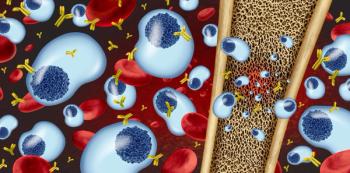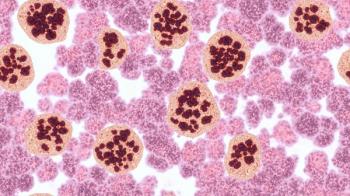
Manufacturers, Patient Groups Push to Protect Orphan Drug Research Credits
As the federal budgetary ax falls, tax credits for drugs to treat orphan disease may become victim to government spending cuts.
As the federal budgetary ax falls, tax credits for drugs to treat orphan disease may become victim to government spending cuts.
The threat of losing that incentive prompted patient advocacy groups and biotech firms to lobby congressional members in the hope of staying the ax, according to an August 11, 2013,
Approved as part of the Orphan Drug Act of 1983, the tax credit permits drug manufacturers to claim 50% of research and testing costs for therapies for orphan diseases. The credit offers incentive for pharmaceutical companies to pursue orphan disease treatments that would otherwise exceed the amount a pharmaceutical company can recoup in profits.
“We believe it provides an important incentive for companies to pursue research into serious diseases that, despite affecting a small number of people, are often life-threatening and have few available treatments,” Nikki Levy, a spokesperson for Vertex Pharmaceuticals, told the Herald.
“Repeal of the tax credit would cause irreparable harm to the goal of promoting development of therapies for patients with rare diseases,” Lori Gorski, spokesperson for Genzyme, told the Herald.
According the National Organization for Rare Disorders (NORD), one of the advocacy groups issuing a letter to congressional leaders, more than 2200 potential therapies for orphan diseases have entered the research pipeline since the Orphan Drug Act’s approval. More than 300 of those therapies received FDA approval, which NORD attributes to the tax credit.
At least 60 patient organizations signed NORD’s
The letters included statements from Marlene Haffner, MD, MPH, former director of the FDA’s Office of Orphan Products Development. Dr. Haffner is currently NORD’s medical advisor.
“Tax credits are an integral part of the Orphan Drug Program and are a lifeline to small and medium-sized firms as they are developing and growing their business and their product to treat rare diseases,” Dr. Haffner said in the press release. “The tax credits are a very small portion of tax revenue, but a very large incentive for the development of products for the treatment of rare disease, many of which are life-threatening; 50% of those affected by these diseases are children.”
Newsletter
Stay informed on drug updates, treatment guidelines, and pharmacy practice trends—subscribe to Pharmacy Times for weekly clinical insights.



















































































































































































































